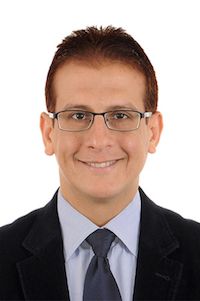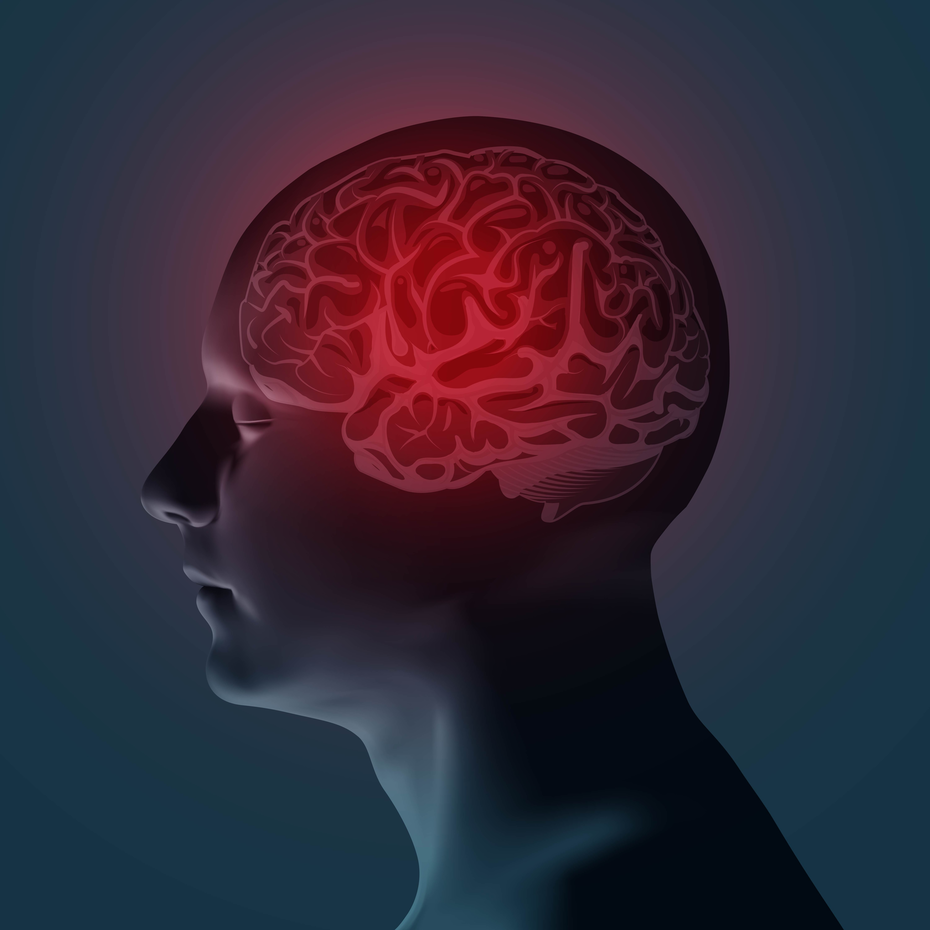Article
Houston Team Reviews Prevention and Treatment of Tardive Dyskinesia
Author(s):
A highly effective antipsychotic with no major motor side effects is needed.

Many patients with tardive dyskinesia (TD) are diagnosed incorrectly, which hampers treatment and leads to a poor outcome. Although the best approach to TD is to prevent it by limiting the use of antipsychotics, TD will continue to present a management challenge despite best efforts at prevention.
These key points were made in a recently published comprehensive review written by a team from the Department of Psychiatry and Behavioral Sciences at McGovern Medical School, University of Texas Health Science Center in Houston, Texas. Its lead author was Haitham Salem, MD, (pictured), a psychiatry resident in the department.
TD typically appears after at least 2 months of treatment with dopamine-receptor antagonists, and its delayed onset has led to underestimates of its prevalence. And TD may be hard to distinguish from other dyskinesias, which further complicates accurate estimation of TD prevalence.
For instance, reported rates of spontaneous dyskinesias in antipsychotic-naïve schizophrenic patients range from 4% to 40%. Another TD confounder is withdrawal dyskinesia, which typically occurs after discontinuation of antipsychotics and lasts up to 3 months. In contrast, TD tends to persist for at least 4 to 6 months after antipsychotic discontinuation.
TD comprises 2 topographic sub-syndromes, orofaciolingual dyskinesia and limb-truncal dyskinesia. These sub-syndromes may be 2 distinct clinical entities with different risk factors. For example, whereas orofaciolingual dyskinesia is more prevalent in the elderly and associated with more cognitive and negative symptoms, limb-truncal dyskinesia may result from specific genetic polymorphisms.
Increased use of second-generation antipsychotic agents appears to have reduced TD prevalence in recent decades. And although the risk of TD associated with these newer agents is about 67% of that associated with first-generation agents, this risk is still considerable. So the ultimate goal is to develop a highly effective antipsychotic drug that has no major motor or metabolic side effects and is easily managed in the clinic.
Risk factors for TD include advanced age, black race, female sex, alcohol or substance abuse, lengthy use of antipsychotics, or use of them at high dosages, concomitant diabetes or HIV infection, prior electroconvulsive shock therapy, cognitive impairment, and history of mood disorder.
Although use of antipsychotics for mood disorders has increased in the last decade, any resulting improvement in outcomes has been debatable. Thus, considering the vulnerability of mood disorder patients to TD, clinicians must also consider other therapeutic options besides antipsychotics in these patients and, when using antipsychotics is necessary, use the lowest dose possible.
Whenever antipsychotics are used, treatment should be reassessed frequently and patients should be monitored for early signs of TD. Discontinuation of antipsychotics is the mainstay of TD management, but slowly tapering the dose is recommended because stopping treatment suddenly may cause withdrawal dyskinesia.
Although little evidence supports switching from a first-generation to a second-generation antipsychotic, many consider this strategy a first-line therapy for TD. Moreover, clozapine is typically the drug of last resort when switching to other antipsychotic treatments cannot control TD.
Some consider tetrabenazine a first-line agent for refractory, disabling TD, but careful patient monitoring is necessary because the drug carries a black box warning regarding risk of suicide and depression.
Although the US Food and Drug Administration (FDA) has not approved tetrabenazine for TD, this vesicular monoamine transporter (VMAT) inhibitor has been used as a second-line agent for TD at doses ranging from 25 mg to 150 mg daily after the antipsychotic regimen has been adjusted. Two newer VMAT inhibitors, deutetrabenazine and valbenazine, have been approved for TD by the FDA.
“If the new agents targeting VMAT confirm the results from the clinical trials in the ‘real world,’ they would represent a genuine advance in the pharmacological management of TD,” Salem told MD Magazine.
Deep brain stimulation (DBS) of the pallidus has been reported to improve TD markedly without causing major psychiatric side effects. In the only reported prospective clinical trial of DBS for TD, mean scores on involuntary movement scales decreased by 61% after 6 months. However, degree and duration of TD improvement in response to DBS varies.
“DBS could be considered as a last resort treatment for those who do not respond to or cannot tolerate pharmacological interventions,” Salem said. “More research is warranted in this area to validate the whole technique in this specific context.”
The review, “Antipsychotic-induced tardive dyskinesia: from biological basis to clinical management,” appeared in the September 2017 issue of Expert Review of Neurotherapeutics.
Related Coverage
Review Helps Doctors Decide How Much to Push for Valbenazine for TD
FDA Approvals Offer Choice of VMAT-2 Inhibitors for Tardive Dyskinesia





